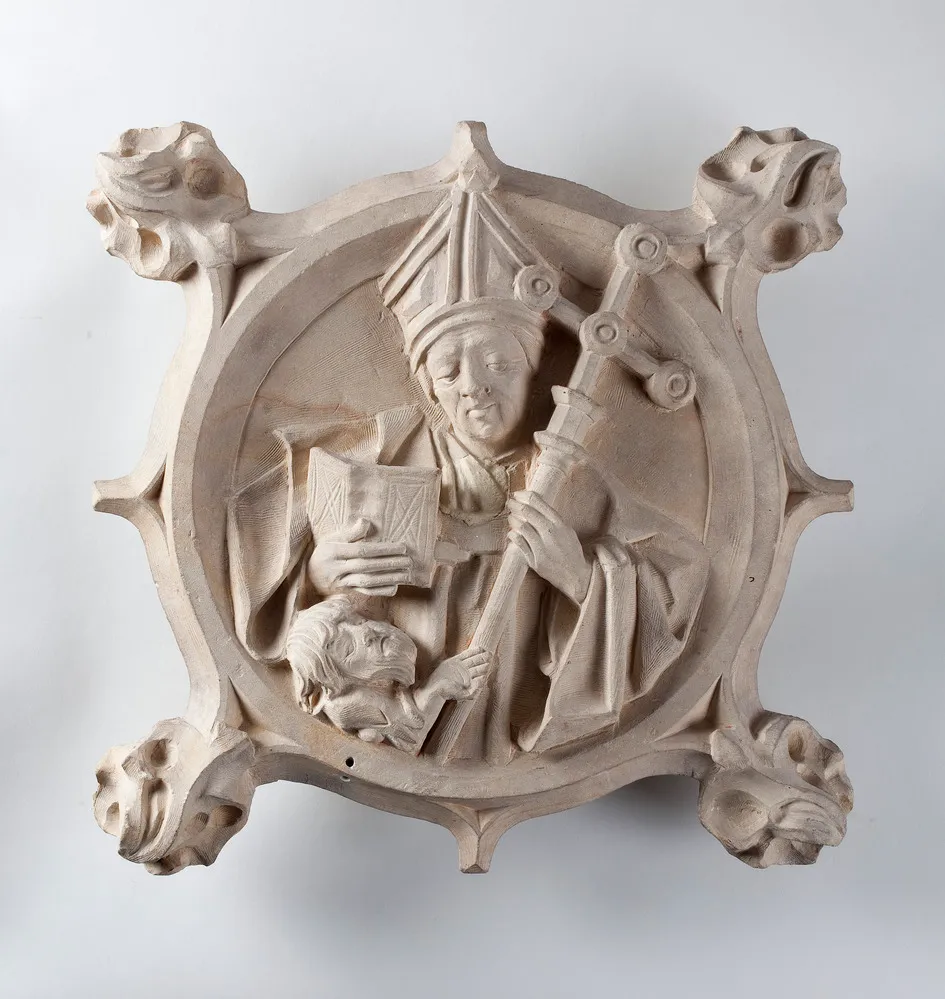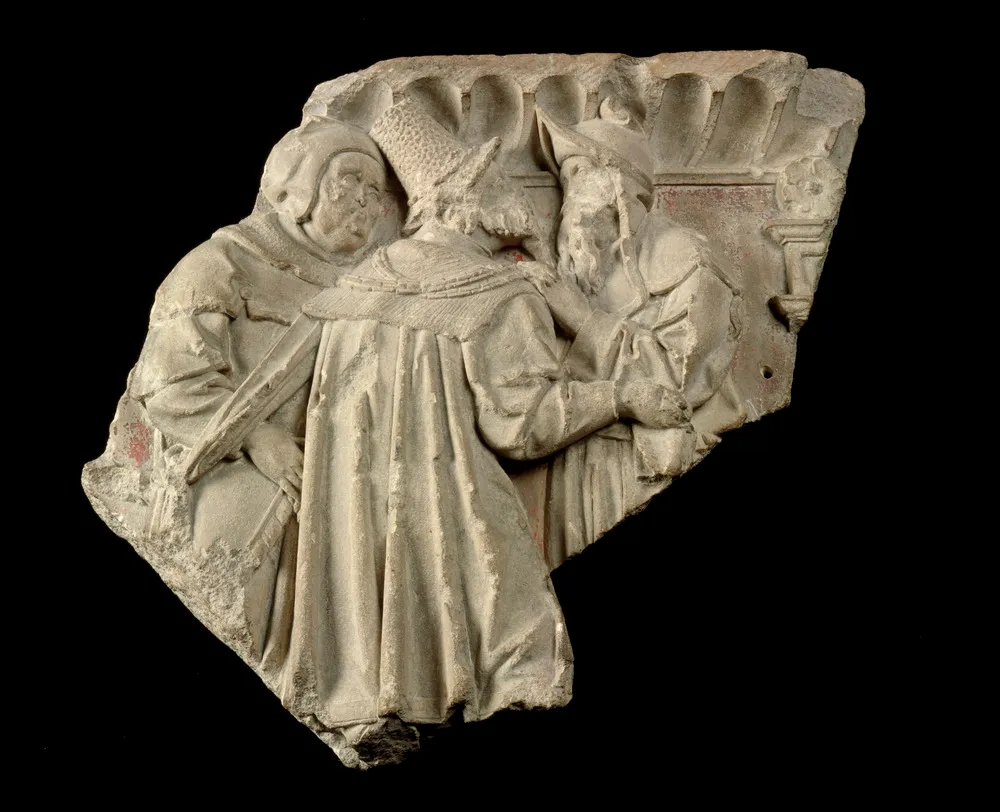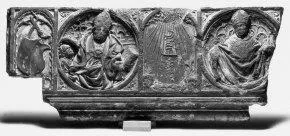Sculpture before the iconoclasm
Permanent presentation in the Nicolai Church, next to the Centraal Museum.

In the Nicolaïkerk, on the square next to the museum, you can see a selection from the Centraal Museum's collection of medieval sculpture. Until 1550, Utrecht was the largest city in the Northern Netherlands and had a flourishing sculpture. Iconoclasms, natural disasters and urban renewal lost much of Utrecht's medieval sculpture. But much has also been preserved. Sculpture found later is now part of the Centraal Museum collection
Utrecht cultural center of the northern Netherlands
The dozens of churches, chapels and monasteries in Utrecht covered about a third of the urban area. The old church buildings still bear witness to the prosperity and wealth that the city once enjoyed. The episcopal see made Utrecht not only an ecclesiastical but also a political and economic center. Due to the major role of the church, Utrecht was a thriving center for the arts and crafts. Under Bishop David of Burgundy (1456-1496), art production reached its peak. The wealthy clergy, but also the noble families and wealthy bourgeoisie, showed their godliness and social status through donations to the churches.
The blossoming of Utrecht sculpture
The fifteenth century was the Golden Age of Utrecht sculpture. The influence of some exceptionally good masters and their workshops is noticeable throughout Europe. The most important masters are Adriaan van Wesel (ca.1417- ca.1490), Jan van Schayk (working ca. 1494 -1523) and an unknown artist who is referred to as the 'Master of the Utrecht Stone Woman's Head' (working ca. 1490-1525). The smooth, sleek style of the Gothic is reflected in Utrecht sculpture of this period.
History of a Utrecht parish church
In addition to some special late medieval images, there are also pieces on display that specifically refer to the history of the Nicolai Church itself. Like two beautifully decorated vaulted dishes from around 1470, and there is also a tombstone of St. Anthony Brotherhood, which was associated with the church in the late Middle Ages. And to get an idea of what kind of statues the parishioners often had themselves, you can see a pipe horse statue of Saint Catherine of Alexandria including the molds in which it was made. In the late Middle Ages, Utrecht was an important production center for such cheap figurines and many of the used molds were found in the 1844 century during the demolition of the city wall.
Bezoekinformatie Nicolaikerk
Nicolaaskerkhof 8, Utrecht
nicolaikerk.nl




